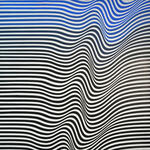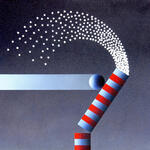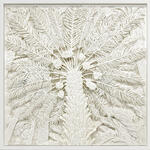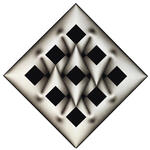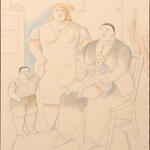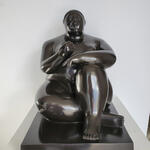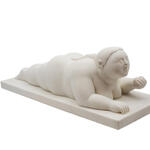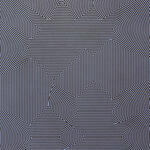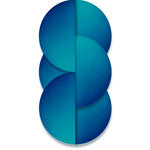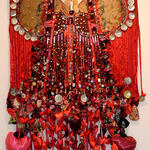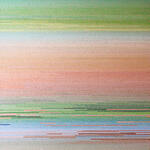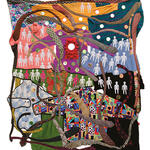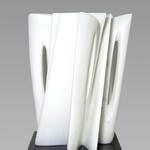Pablo Atchugarry
Bio
Pablo Atchugarry was born in Montevideo, Uruguay on August 23, 1954. His parents, Maria Cristina Bonomi and Pedro Atchugarry Rizzo, were passionate art enthusiasts. Before setting aside his artistic ambitions to support his family, Pedro Atchugarry trained under the great Uruguayan Constructivist Joaquín Torres-García and such experience enabled him to guide his son's artistic talents and to encourage Pablo to take up painting.
At age eleven, Atchugarry began showing his works and as he progressed through adolescence, he started feeling the need to express himself in various forms and materials, such as cement, iron, and wood. By age eighteen, he had his first personal exhibition of paintings at the Civic Room in Montevideo in 1972 and he had undertaken his first experiment with sculpture – a horse cast in concrete. In the following years as he took up and dropped architectural studies, he found venues in Brazil and Argentina to exhibit his paintings, which featured a mixture of abstraction and Constructivist concepts. However, in 1977, Atchugarry departed South America and traveled to Europe.
Statement
For each sculpture, Atchugarry personally selects an appropriate block and is actively involved in carving it, with minimal help from assistants. He works with white Carrara marble from Tuscany, gray stone from Bardiglio, black from Belgium, and pink from Portugal. Aside from working with stone, he utilizes bronze finished in various patinas, ceramic, and, more rarely, various types of wood.
There is no ideal view from which to examine one of Atchugarry's sculptures. The viewer is supposed to observe each work as a whole, and contemplate how all of the sculpture's parts work together.Though composed in different materials, his works are united by a tightly defined set of forms that he consistently recombines. Manipulating sinuous curves, accordion folds, ovoid apertures, and a typically vertical alignment, Atchugarry creates forms that are highly evocative of plants and trees, breaking waves, still lifes, and the human figure. Thus, his sculptures are both figural and abstract.



